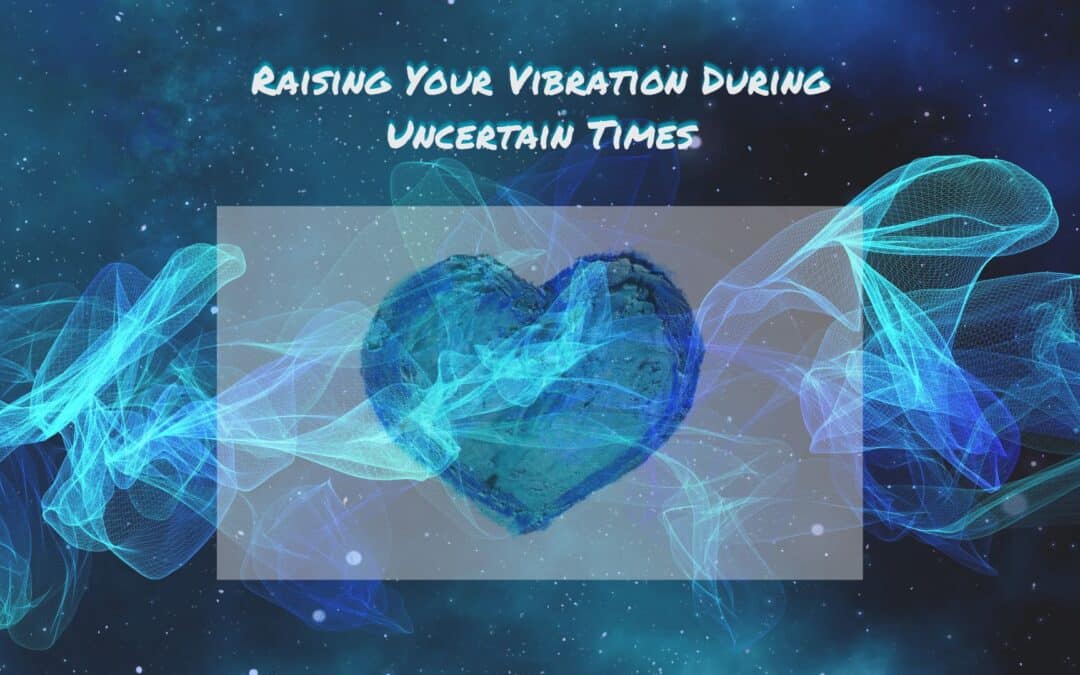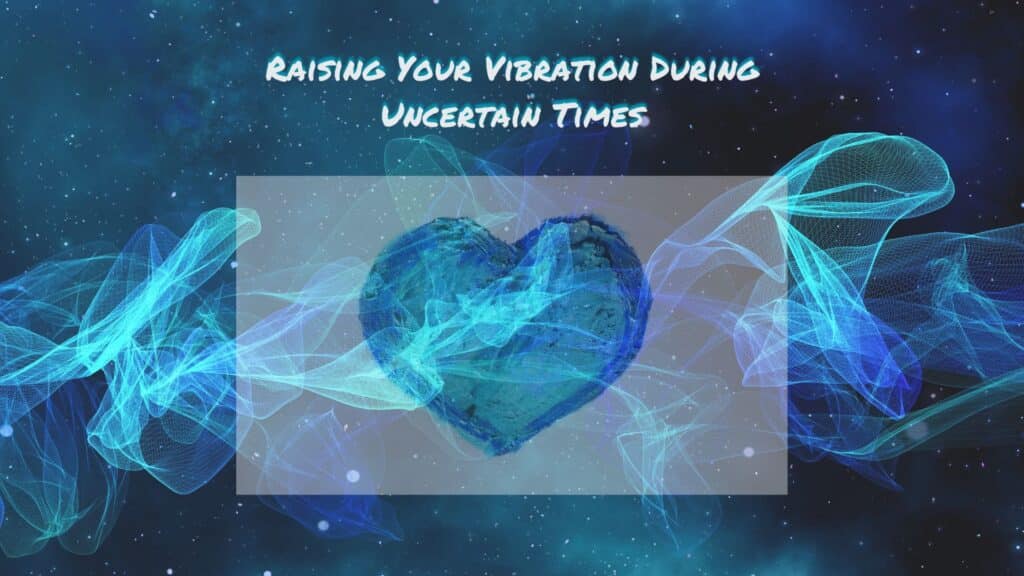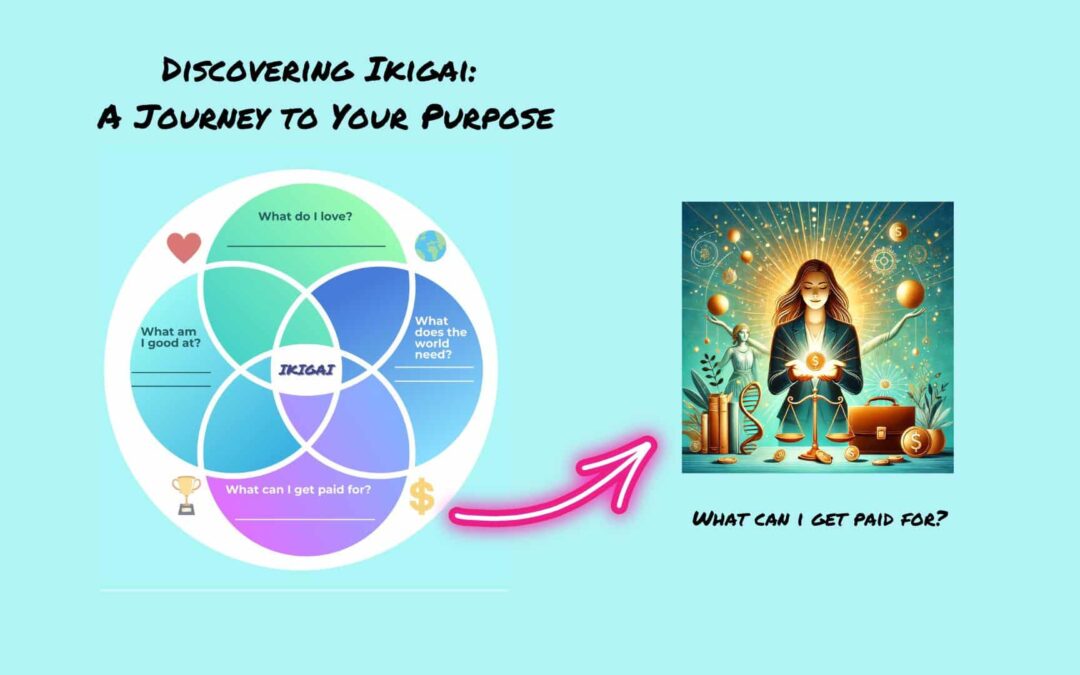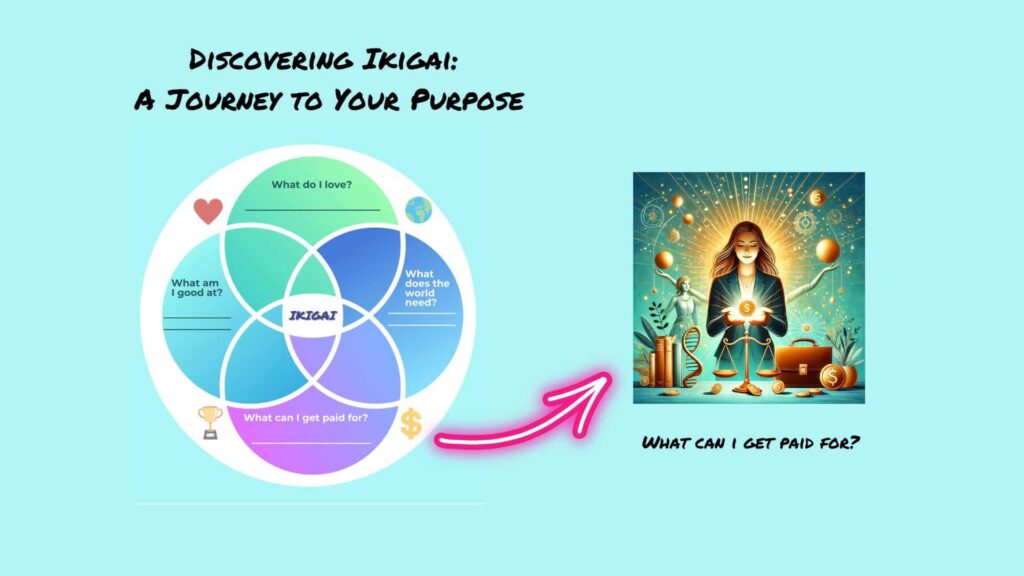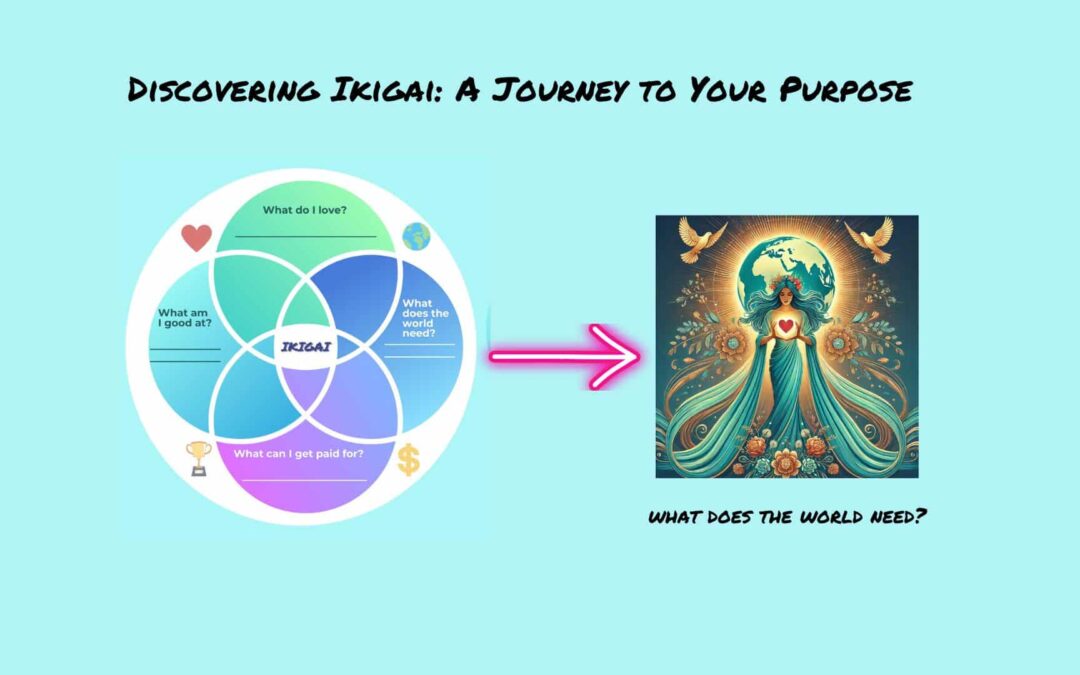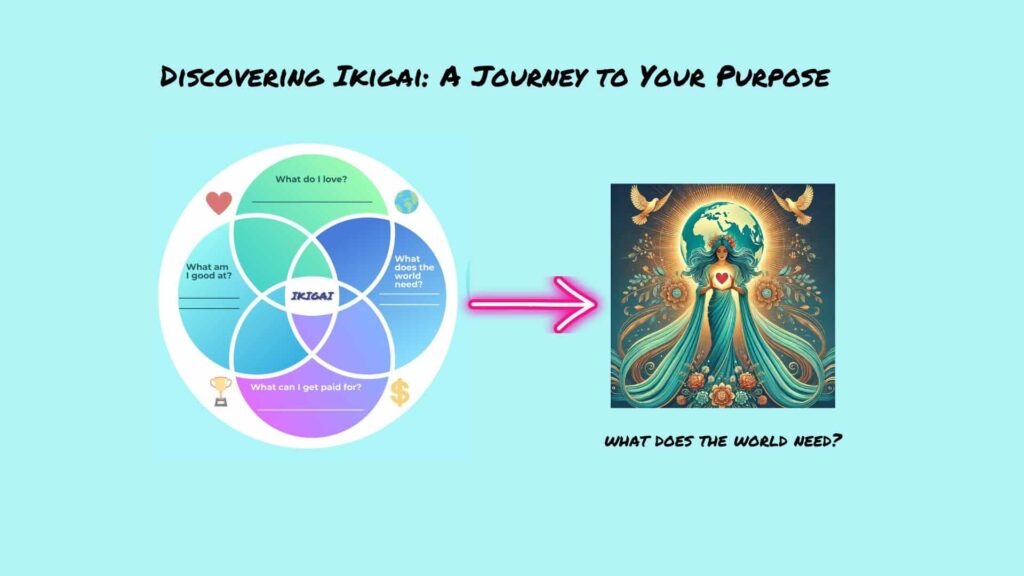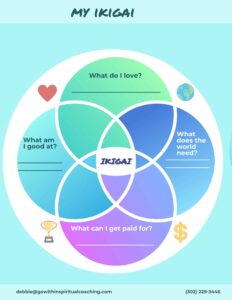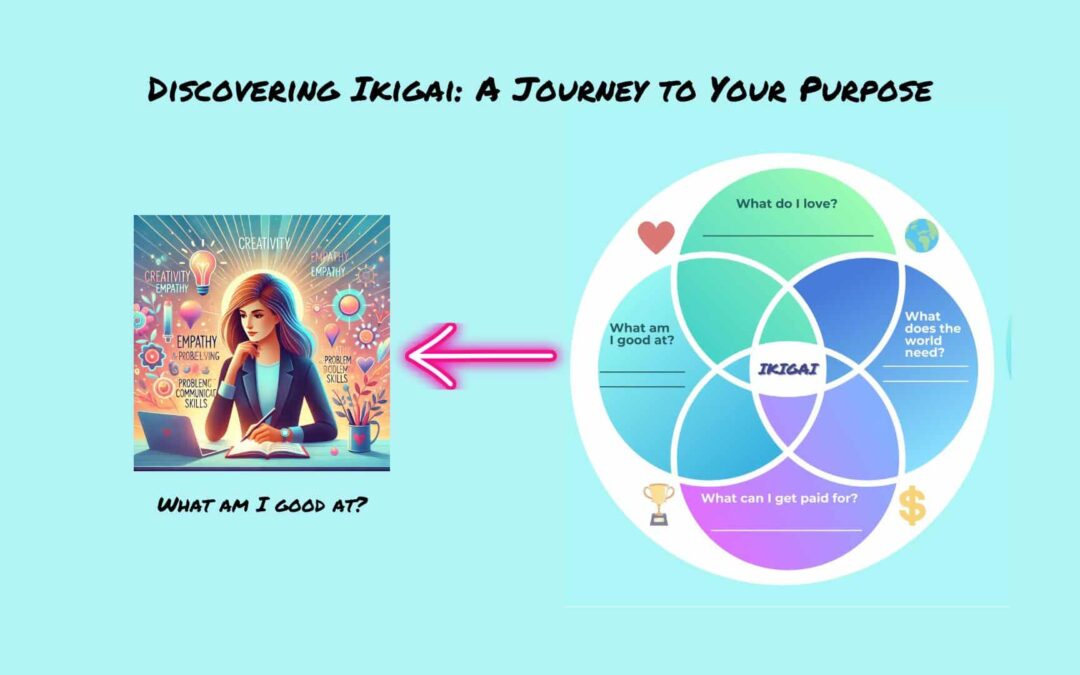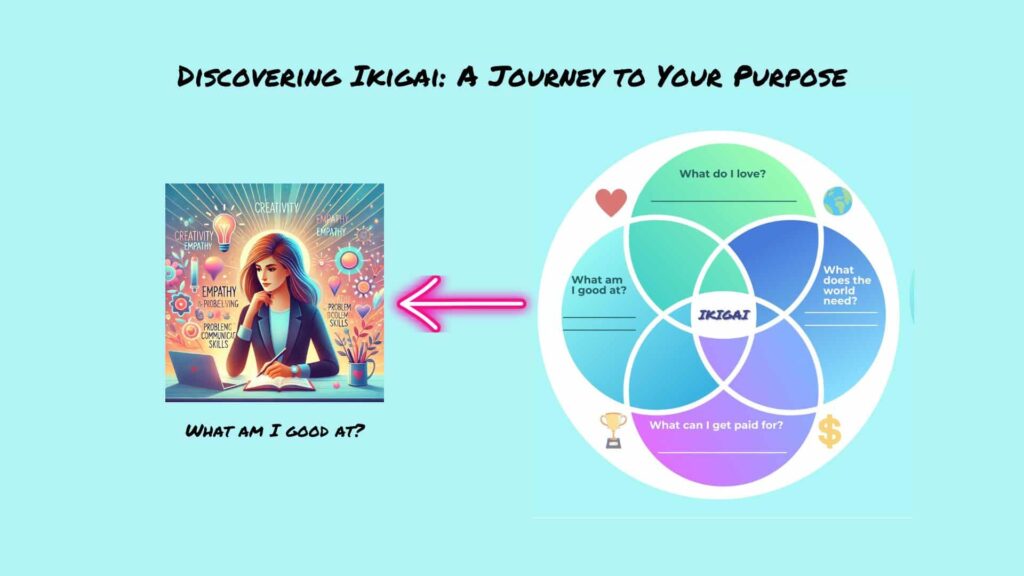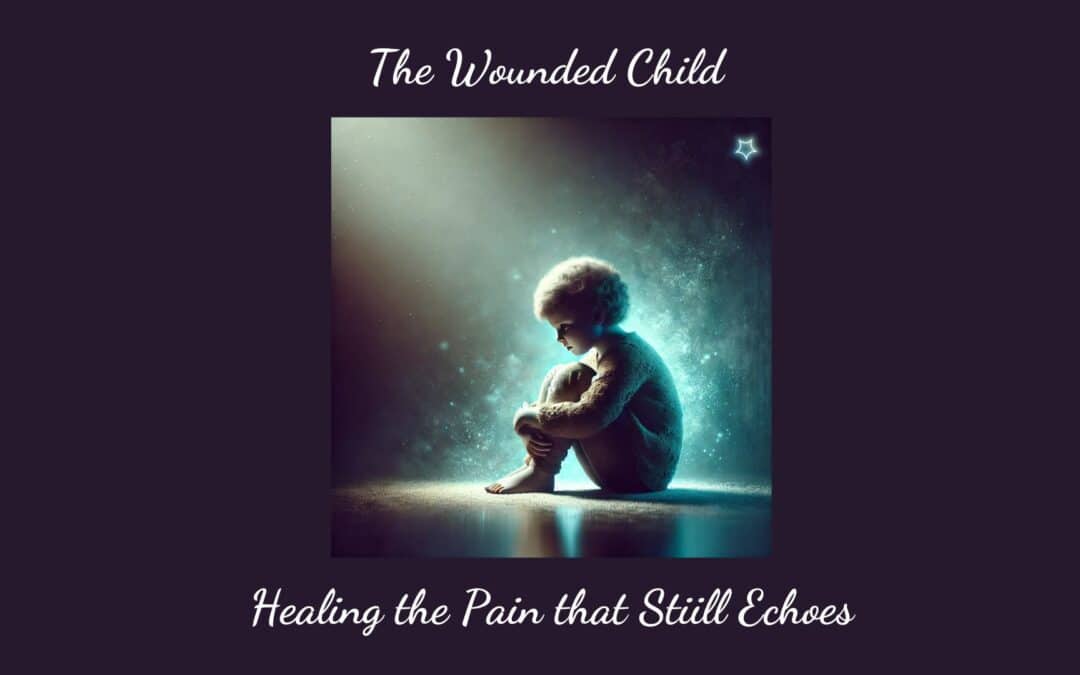
The Wounded Child: Healing the Pain That Still Echoes
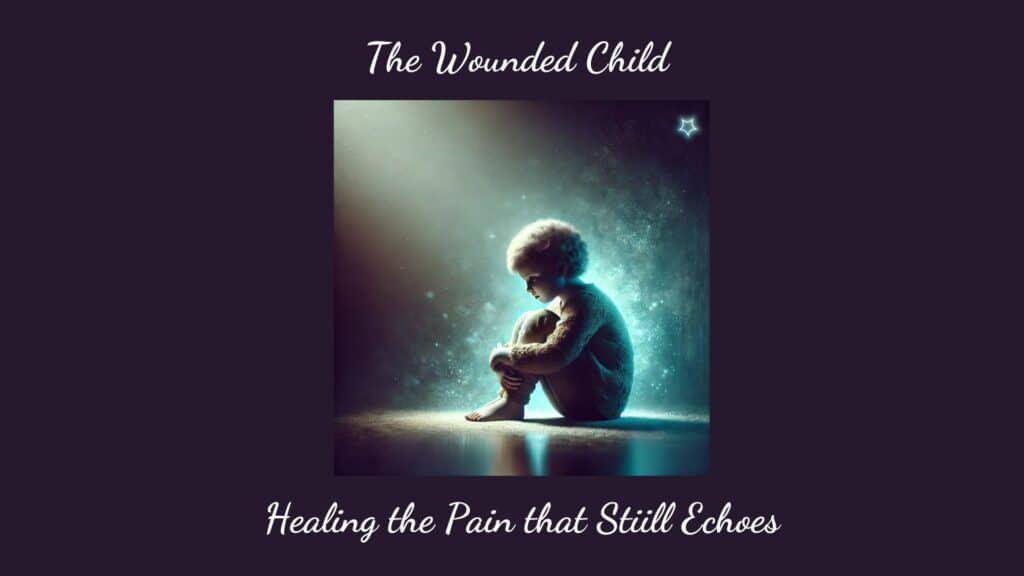
The Wounded Child: Healing the Pain That Still Echoes
Healing your wounded inner child is a powerful journey of self-awareness and emotional growth. If you’re ready to dive deeper into this work, Transformative Coaching can provide the tools and guidance to help you release past pain and step into a more empowered, authentic self.
Throughout our lives, we carry echoes of our past, some more painful than others. The Wounded Child archetype is one of the most powerful influences on our self-worth, relationships, and how we navigate the world. It holds the scars of our childhood experiences—betrayal, abandonment, unworthiness, and unresolved pain. But healing the Wounded Child is possible, and in doing so, we reclaim the light that has always been within us.
Recognizing the Wounded Child Within
The Wounded Child can manifest in many ways. You might find yourself easily triggered, hypersensitive to criticism, or overwhelmed by feelings of unworthiness. Before I got sober, I took everything personally. If someone looked at me the wrong way, I would cry. I had no self-esteem, and even well-intentioned feedback shattered me. Every negative comment was a direct attack, reinforcing my deeply rooted belief that I was not enough.
This wound didn’t just appear—my experiences shaped it. Growing up, I witnessed deceit within my family, mainly from my father. That betrayal left a deep mark, making it difficult to trust others. The Wounded Child in me longed for safety and validation but often sought it in the wrong places—through people-pleasing, perfectionism, or numbing my pain through addiction.
A Defining Moment: Seeing the Masks Fall Away
One of the most profound moments in my healing journey happened during a psychodrama session in rehab. Earlier that day, during meditation, I saw faces wearing masks—comedy and tragedy—slowly melting away, revealing their true essence.
Two hours later, that vision came to life. A woman played me as a little girl, and I symbolically taped tissues to her face, each representing the masks I wore to survive: the Caretaker, the People Pleaser, the Good Girl, the Smart One. One by one, I removed them, revealing what lay beneath.
At that moment, an electric charge ran through me. The therapist, unaware of my vision, told me I had just experienced a true spiritual awakening. I knew I would never wear another mask again because I, and God, knew the truth—and that was all that mattered. The Wounded Child in me had been seen, acknowledged, and, most importantly, freed.
The Path to Healing the Wounded Child
Healing does not happen overnight. It requires courage, awareness, and deep inner work. Here are some of the steps that helped me, and they may help you too:
1. Rescuing and Reparenting the Inner Child
Rescuing the Inner Child is one of the most powerful modalities I use in my coaching. This process helps reconnect with the wounded parts of ourselves that were abandoned, shamed, or unheard. Through visualization and deep emotional work, we can retrieve the lost child within us and offer them the love and support they never received.
Reparenting is an essential part of this process. Your Wounded Child needs what it never received—love, validation, and safety. One of my most healing exercises was speaking to my younger self with compassion. I would close my eyes, picture her, and tell her, “I see you. You are loved. You are enough.” Reparenting means giving yourself what you always needed: kindness, protection, or understanding.
I have used this process to bring my younger self the safety and validation she longed for, and it has been truly transformative. By rescuing and reparenting the Inner Child, we heal the wounds that have shaped our lives and move forward with newfound strength and self-acceptance.
2. Identifying and Releasing Limiting Beliefs
The beliefs we formed as children often shape our reality as adults. Through belief-clearing techniques, I uncovered deeply ingrained thoughts such as, “I am not worthy” or “I will always be abandoned.” I began to transform when I challenged these beliefs and replaced them with truths that aligned with my healing.
3. Learning to Let Go and Trust
One of the hardest yet most freeing lessons was learning to surrender. My true moment of surrender came after I passed out and left my dogs alone all day and night. That was my rock bottom—the moment I saw clearly that I had lost control. But that moment was also a gift. It was an invitation to let go of my Wounded Child’s need to control everything and instead trust that healing was possible.
Reflection: A Journey Back to Wholeness
Healing the Wounded Child is not about erasing the past but embracing it with love and understanding. Looking back, I see the strength in that little girl who endured so much. She was never broken—just waiting to be held, acknowledged, and loved unconditionally.
Take a moment to reflect:
- Where does your Wounded Child still show up in your life?
- How does it shape your relationships, your fears, and your self-worth?
- What would happen if you spoke to your inner child today, not with judgment, but with love?
Healing begins with awareness, deepens with self-compassion, and transforms with surrender. The journey is not easy, but I promise—it is worth it. Because on the other side of pain is freedom, and within you is a light waiting to shine all along.
Healing your wounded inner child is not a journey you have to take alone. If you’re seeking deeper self-discovery and emotional transformation, Transformative Coaching can help you reconnect with your true self and move forward with confidence and clarity.
Are you ready to take the first step toward healing your Wounded Child? If this resonates with you, let’s connect. Book a complimentary Discovery Call and begin your journey toward healing and transformation today.

